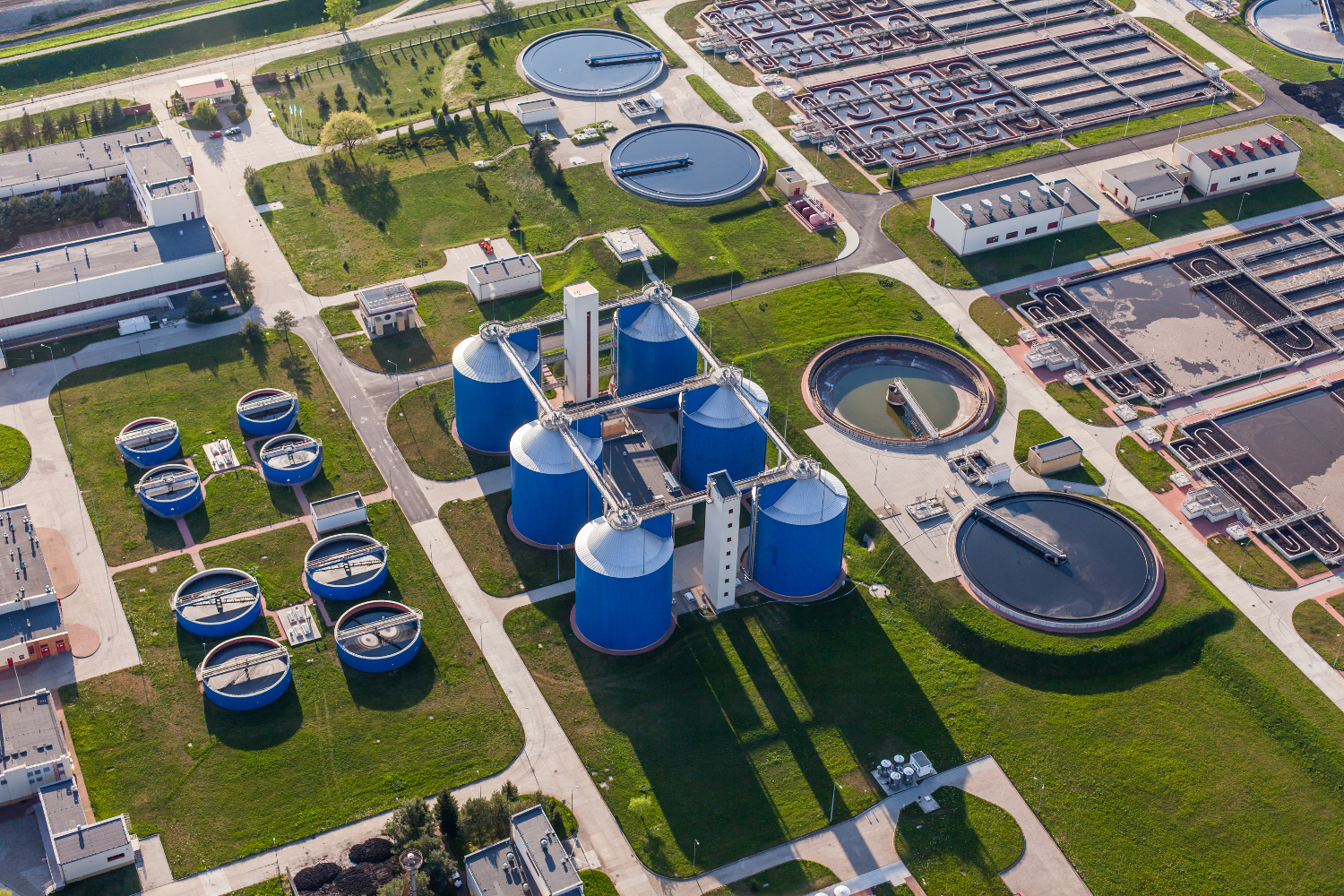Nanofiltration – salt recovery
Nanofiltration refers to a speciality membrane process used for the removal of two valued ions and the larger mono valued ions such as heavy metals which rejects particles in the approximate size range of 1 nanometer (10 Angstroms), hence the term “nanofiltration.” NF operates in the realm between UF and reverse osmosis. Organic molecules with molecular weights greater than 200-400 are rejected. Also, dissolved salts are rejected in the range of 20-98%. Salts which have monovalent anions (e.g. sodium chloride or calcium chloride) have rejections of 20-80%, whereas salts with divalent anions (e.g. magnesium sulfate) have higher rejections of 90-98%. Typical applications include removal of color and total organic carbon (TOC) from surface water, removal of hardness or radium from well water, overall reduction of total dissolved solids (TDS), and the separation of organic from inorganic matter in specialty food and wastewater applications.
Because nanofiltration uses less fine membranes, the feed pressure of the NF system is generally lower compared to RO systems. Also the fouling rate is lower compared to Ro systems.

How nanofiltration works
The nanofiltration membrane is not a complete barrier to dissolved salts. Depending on the type of salt and the type of membrane, the salt permeability may be low or high. If the salt permeability is low, the osmotic pressure difference between the two compartments may become almost as high as in reverse osmosis. On the other hand, a high salt permeability of the membrane would not allow the salt concentrations in the two compartments to remain very different. Therefore, the osmotic pressure plays a minor role if the salt permeability is high.
